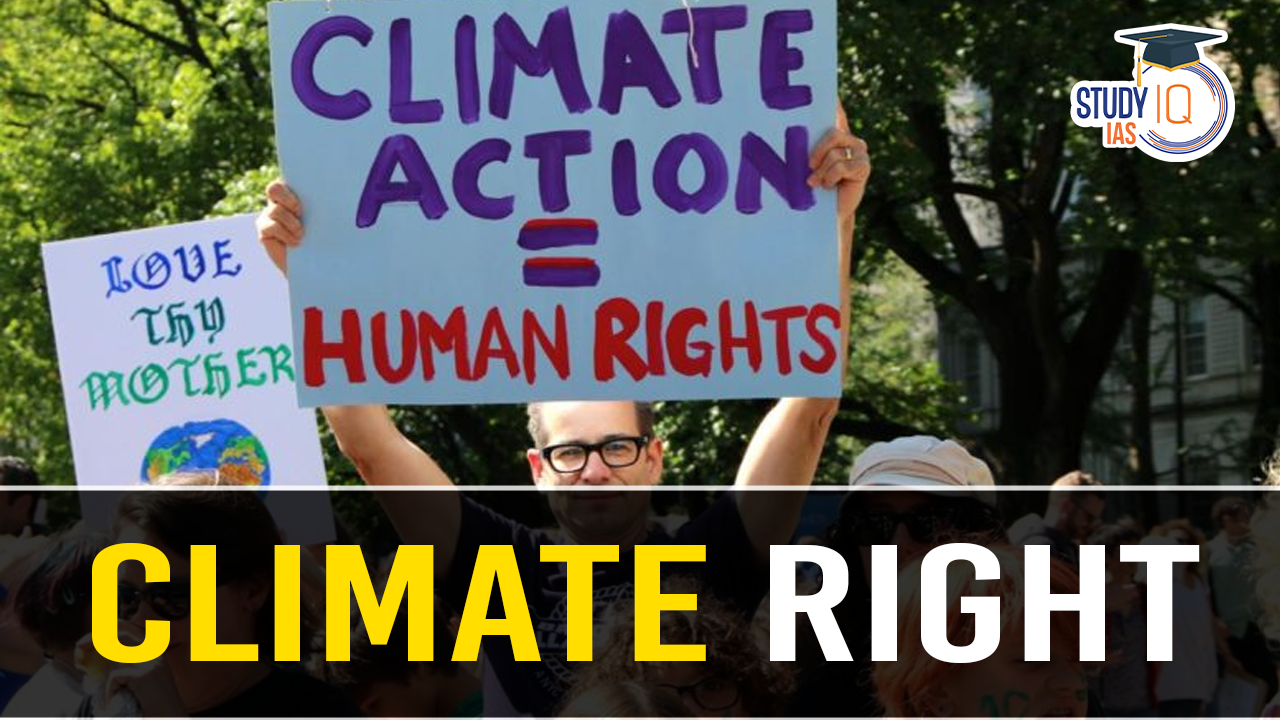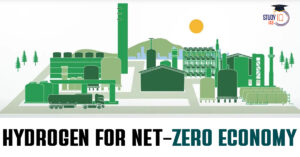Table of Contents
Context
The Supreme Court of India’s judgement in M.K. Ranjitsinh and Ors. vs Union of India & Ors. has established the right to be free from the adverse effects of climate change, rooted in the constitutionally guaranteed right to life (Article 21) and right to equality (Article 14).
Background
- The case involved the construction of electricity transmission lines through the habitat of the critically endangered Great Indian Bustard.
- The Court modified a previous order to prioritise renewable energy infrastructure, reflecting a balance between environmental protection and climate action.
Implications of the Judgment
- Potential for Climate Litigation: The new ‘climate right’ allows citizens to demand governmental protection from climate impacts, possibly leading to increased climate-related litigation.
- Unresolved Questions: The judgement raises questions about the prioritisation of clean energy over local environmental resilience and climate adaptation measures.
Pathways for Climate Governance
Judicial vs. Legislative Approaches
- Court-Based Action: Judicial decisions around the new climate right could lead to a fragmented approach, contingent on subsequent policy actions and lacking an overarching framework.
- Legislative Approach: Enacting comprehensive climate legislation is suggested as a preferred method to systematically govern climate actions, drawing from international experiences but tailored to India’s specific context.
Considerations for Indian Climate Legislation
Transition to Low-Carbon Future
- Energy Transition: India must transition to a low-carbon energy future, as highlighted in the judgement. However, this alone is insufficient to enforce the right against climate change’s adverse effects.
- Regulatory Environment: Legislation should support sustainable urban development, climate-resilient agriculture, and the protection of critical ecosystems like mangroves.
Comprehensive Climate Legislation
- Framework Legislation: An overarching law could set the vision for climate engagement, create necessary institutions, and establish structured governance processes.
- Enabling Legislation: Unlike regulatory laws focused narrowly on emissions, enabling laws should stimulate development-oriented decisions across various sectors (urban, agriculture, water, energy), emphasising both adaptation and mitigation.
Procedural and Federal Considerations
- Procedural Orientation: The law should create institutions, processes, and standards for mainstreaming climate considerations across ministries and society, including knowledge-sharing, transparency, public participation, and expert consultation.
- Federalism and Decentralization: Effective climate action requires coherent national frameworks while empowering states and local governments with information and finance.
- Concurrent Subject: Climate-related areas like urban policy, agriculture, and electricity (a concurrent subject) need coordinated yet decentralised governance.
- Beyond Government: The law should enable participation from business, civil society, and communities, particularly those most affected by climate impacts, to leverage their knowledge in decision-making processes.
Conclusion
The proposed climate law should enable low-carbon growth and climate resilience, emphasising procedural mechanisms, federal cooperation, and inclusive participation to fulfill the promise of the Ranjitsinh judgement and address the broader challenges of climate change in India.


 Hydrogen For Net-Zero Economy, Governmen...
Hydrogen For Net-Zero Economy, Governmen...
 Mantis Shrimp - Latest Research News and...
Mantis Shrimp - Latest Research News and...
 Cheetah Project Steering Committee Key R...
Cheetah Project Steering Committee Key R...





















